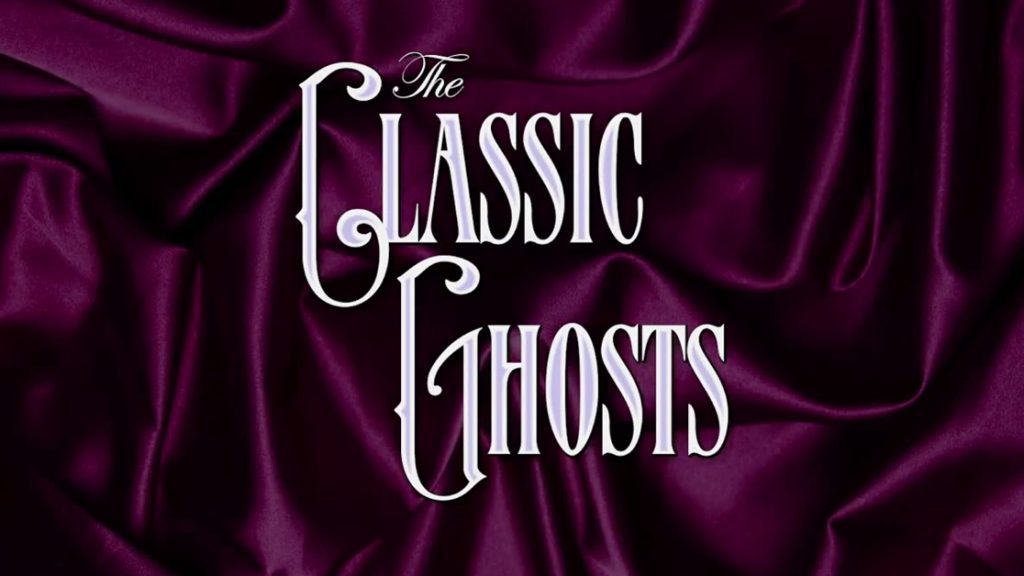
Kino Lorber
A 90s crime thriller is a film with a different edge.
A 90s crime thriller with Nicolas Cage, however, is a film that’s a different kind of crazy.
Snake Eyes is the twenty-third film by famed director Brian De Palma, who heavily applies his unique blend of suspense and counterculture to this oversized conspiracy tale.
Nicolas Cage stars as corrupt police detective Rick Santoro, who attends a championship boxing match in Atlantic City with his best friend and straight-laced Naval Commander Kevin Dunne, played by Gary Sinise. Santoro has the night off while Dunne is the point man on the Defense Secretary’s security detail.
The tropical storm outside of the area is a prelude to the chaos that ensues inside the arena when a sniper shoots the Secretary.
De Palma uses Cage’s Santoro to change the questions as the viewer thinks they have the answers.
Santoro’s charismatic persona is only topped by his penchant for unscrupulous enterprise. He’s not a good person, but he’s fascinating enough to want to see what he’ll do next as opposed to seeing him get his just deserts.
Cage and Sinise work well off each other, making it easy to buy their friendship despite their moral compasses pointing in opposite directions. Their camaraderie serves the story well as De Palma brilliantly injects each plot point.
First, they go unnoticed by the main characters but stick out like a sore thumb to the audience. As clues and red herrings become more significant, the characters begin to notice, although they have no idea what they stepped into until, BOOM!
One bloody Defense Secretary unknowingly sends the key players on a collision course.
Unreliable narrators become reliable, and vice versa, which often comes off as a device to further the plot. However, De Palma uses them to full effect and at the right time as the investigation unravels. Little by little, Santoro’s friendship with Dunne complicates things.
Carla Gugino’s performance as whistleblower Julie Costello makes the film’s protagonist serviceable. While the other main characters have no qualms about getting their hands dirty, Gugino’s performance gives Costello a naïveté that makes her stand out as the only light in the darkness.
While Cage’s magnetic personality is broadly engaging, Gary Sinise turns in a performance that does most of the heavy lifting. Sinise plays the perfect chameleon, which De Palma sets up enticingly by establishing him as the reliable narrator until he isn’t. Kevin Dunn (Transformers), Stan Shaw (Harlem Nights), John Heard (Home Alone), and Luiz Guzman (Every other movie) round out the cast, with each making a memorable impression on the narrative.
Santoro’s dilemma in the film’s second half is the narrative’s most intriguing question. The answer seemed obvious until it was not. An unexpected crisis of conscience made the flamboyant detective vulnerable. Yeah, he’s a jerk who breaks the law without pause, but what caused him to have second thoughts? While the answer ranges from meh to fair, the bedlam and suspense encountered along the way are worthwhile.
When the film was released, it was a great choice to use a heavyweight title fight as the plot’s primary setting. In the 90s, boxing had a litany of stars, and a Mike Tyson fight was the biggest event in sports. Using boxing as a vehicle should have resonated strongly with audiences. The marketing, however, focused more on exhibiting how much occurs in the movie than what the movie is about.
” 14,000 fans become 14,000 suspects”, was a key aspect of the film’s marketing efforts. There was an attempt at a mass exodus, but a scene of a few hundred people blocked at the exits by police is as deep as the film delved into the concept. Santoro ordered no one to leave, but many patrons freely sauntered to their hotel rooms.
The idea could have been fleshed out more if the filmmakers either pretended the arena was not attached to a hotel or filmed a scene with guests demanding to see the manager for not being allowed to retire to their hotel room. One of the suspects, who was dressed in white from head to toe, hid among the crowd while they were covered in blood. AND NO ONE NOTICED!
A lot happens, which also hampers the third act. Movies ask viewers to “just go with it” when suspending disbelief. Unfortunately, too many things conveniently fall into place to take in the climatic spectacle. De Palma makes a bold choice regarding how Cage’s character is left. It’s a bittersweet ending instead of wrapping everything up in a neatly tied bow. It makes sense considering who was in the director’s chair.
Extras include audio commentary and trailer.
Great cinematography, wild and strong performances from Cage and Sinise, respectively along with De Palma’s constantly moving plot makes for a fun movie.
Nothing more or less.
 2 hours ago
3
2 hours ago
3



)

/cdn.vox-cdn.com/uploads/chorus_asset/file/25826491/PXL_20250106_223233485.jpg)

)












 English (US) ·
English (US) ·